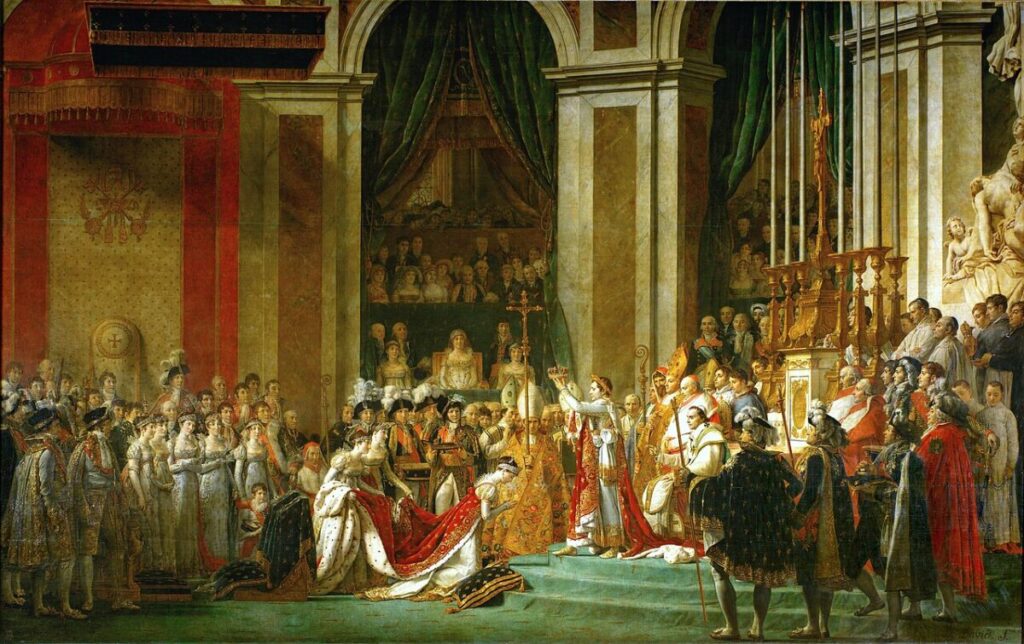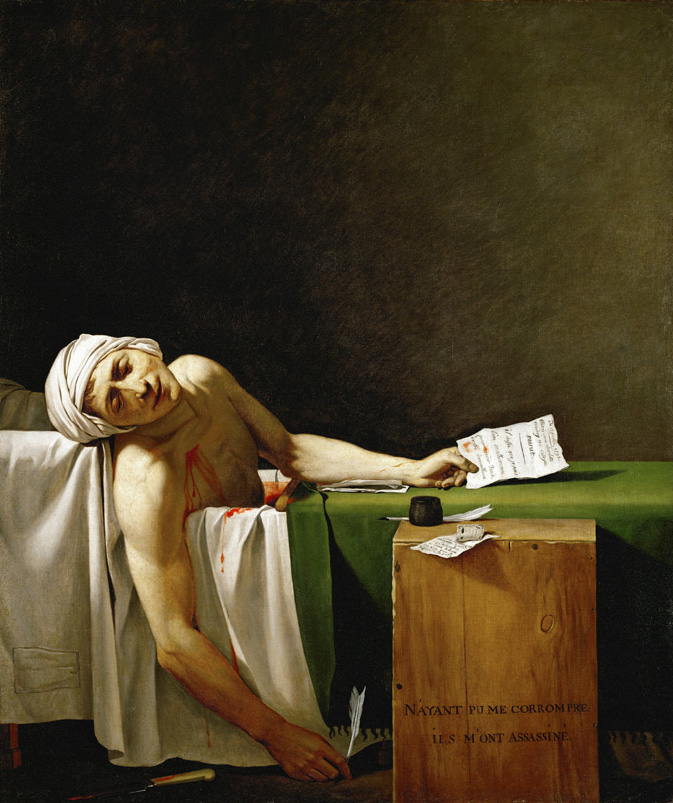Major Jacques-Louis David Exhibition at the Louvre
The Louvre’s new exhibition on Jacques-Louis David opened this week, and it’s one of the most important cultural events in Paris this year.
Running from October 15, 2025, to January 26, 2026, it celebrates the 200th anniversary of David’s death with nearly 100 works from across Europe.
It’s not an academic show hidden behind jargon. It’s a direct look at the moments that shaped modern France, told through the paintings of the man who lived them.
France Through the Eyes of Its Most Political Painter
If you care about France, its art, its revolutions, its identity, this exhibition brings them together in one place. Jacques-Louis David didn’t paint myths or fables but real power, real people, and real change.
His Death of Marat became the visual symbol of the Revolution. His Coronation of Napoleon turned an emperor’s propaganda into a national image. His portraits of friends, enemies, and exiles revealed the human cost of history.

The Louvre already owns many of his major works, but this exhibition reunites them with rare loans from Brussels, Versailles, and Montpellier, some unseen in France for decades. It’s the fullest view of David’s life and art since 1989.
For those heading to Paris this winter, it’s also a chance to see the Louvre at its most focused: one artist, one era, and one story, displayed in the vast Hall Napoléon beneath the Pyramid.
Inside the Exhibition

The show follows David’s life from his student years in Rome to his final exile in Brussels. It’s a chronological journey through revolution, empire, and personal downfall.
At its center are two headline loans:
- The Death of Marat (1793), from the Royal Museums of Fine Arts of Belgium (Musée des Beaux-Arts), returning to France for the first time in decades.
- The Oath of the Tennis Court (1789), an unfinished political statement from Versailles, showing how quickly ideals could become dangerous.
The Louvre’s own masterpieces, The Intervention of the Sabine Women, Napoleon Crossing the Alps, and Leonidas at Thermopylae, round out the core of the show.
Sketches, letters, and unfinished studies reveal how David planned compositions and trained a new generation, including Ingres.
The staging gives each period of his life a distinct atmosphere: revolutionary passion, imperial power, and quiet exile.
Planning Your Visit
If you’re visiting Paris before January 26, this exhibition deserves a place on your list. It’s large enough to feel complete but manageable – expect to spend about 90 minutes to two hours.
Entry is by timed reservation via louvre.fr. Weekday mornings or late evenings are the calmest times.
The Hall Napoléon is accessed through the Pyramid and connects directly to cafés, restrooms, and the museum shop, where you can pick up the official catalog (€49). The audio app is available in both French and English.
If you’re already planning to visit The Coronation of Napoleon or the Winged Victory of Samothrace, this exhibition fits neatly into the same circuit within the Denon Wing.
Takeaways
This is the first full-scale Jacques-Louis David retrospective in Paris since the 1980s. and it’s taking place in the museum that holds the core of his legacy.
You don’t need to be an art expert to connect with it. It’s France’s political history turned into paint. For anyone who loves exploring France’s architecture, museums, and stories, this exhibition gives those places meaning.
